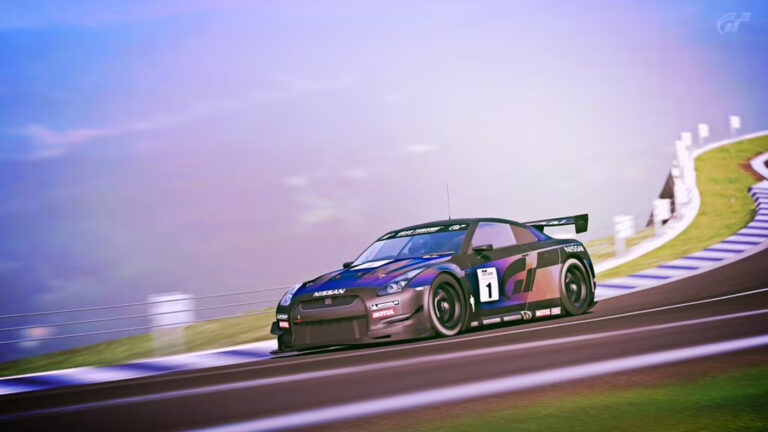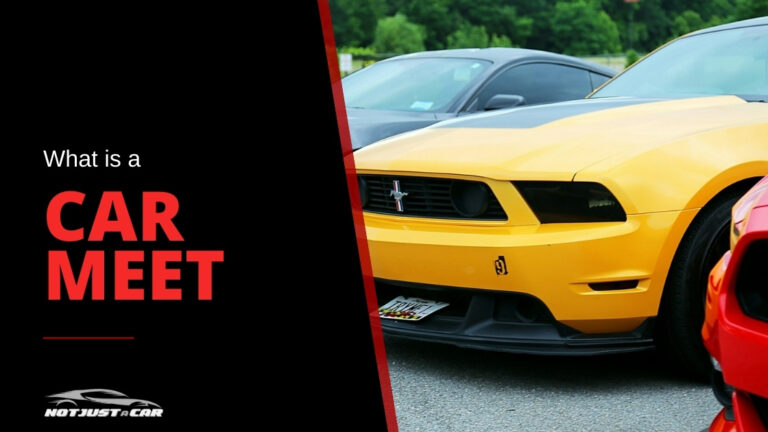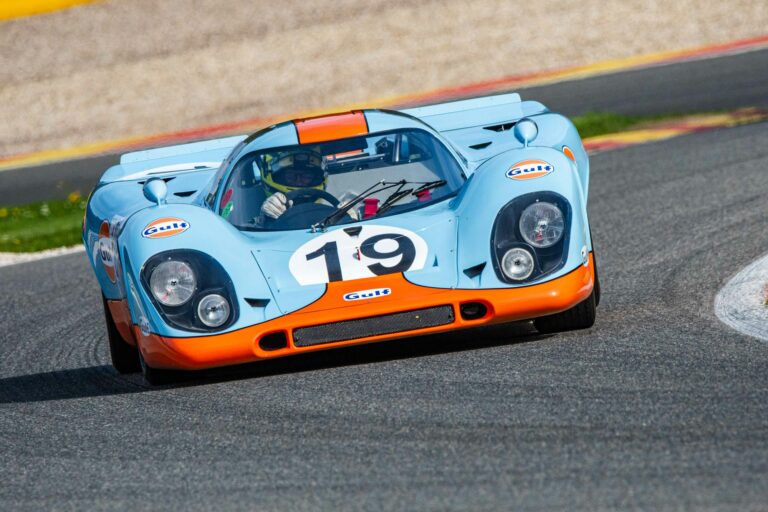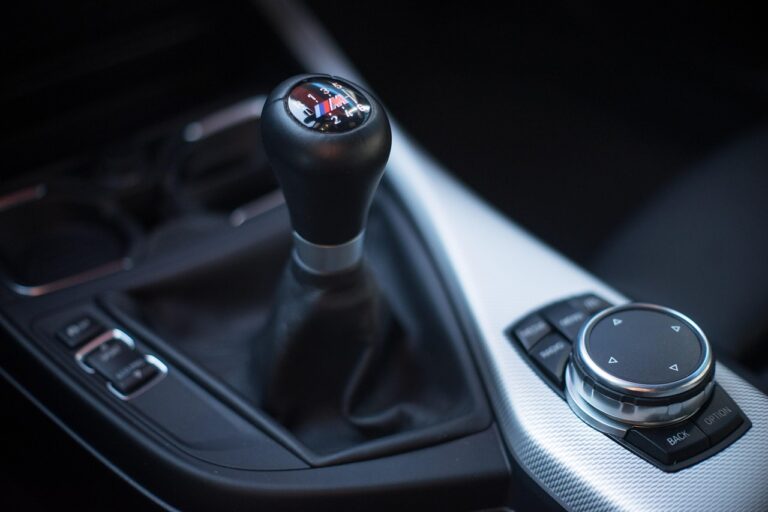Exploring the Unique Japanese Car Culture
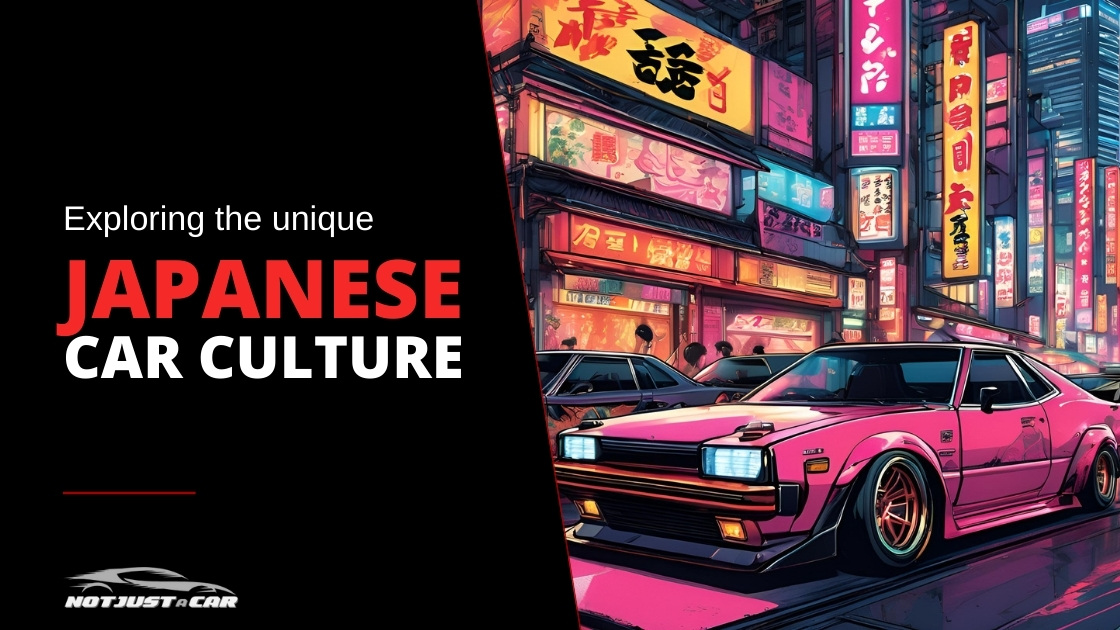
We can’t run a car website without talking about the unique Japanese car culture. It’s impossible. So today we’re taking a deep dive into this amazing world of quirky cars, crazy modifications and car culture that is thriving in modern day Japan.
Quick Links
Japanese Car Culture Overview
When I dive into Japanese car culture, I’m hit with a wild mix of innovation, passion, and community spirit. It’s a lively scene, blending cutting-edge automotive tech with age-old traditions and various offbeat groups.
Subaru’s Role in Japan
Subaru is a big player in Japan, always making waves among top car brands. In 2023, Subaru sold thousands of cars (Statista). Their performance and creative designs have locked in a fan base of hardcore Japanese car lovers.
But Subaru isn’t just about the sales numbers. Its involvement in motorsport, especially rally racing, has cemented its status in car culture.
Models like the Subaru Impreza WRX have become legends, encapsulating the essence of Japanese car magic. If you’re curious about Subaru’s impact on world car cultures, you’ll see how performance and reliability are staples in their narrative.
Energized Subcultures
One of the coolest bits about Japanese car culture? It’s the endless subcultures, each adding its own twist, rules, and style to the mix.
Drift Scene
Drifting might just be the loudest part of Japanese car culture on the global stage. Born on Japan’s twisty mountain roads, it’s all about high-speed, ninja-like slide control.
With massive crowds flocking to events, cars like the MADBUL RX7 really show off Japanese engineering’s guts in this adrenaline-pumped sport (Red Bull). For more thrills, check out our page on drifting’s rise in Japan.
Dekotora Trucks
And then there’s the Dekotora (decorated truck) crowd. Think trucks draped in jaw-dropping art, flashing neon, and shiny chrome. This scene brings out the artistic soul of Japanese car buffs, a chill counter to drift’s burning rubber antics.
The obsession with looks and detail shines through in the specialized car care products market, too. Sites like eshoperz.com offer ways to keep your ride looking and running top-notch—a nod to the pride Japanese car owners have in their wheels.
Touge Racing
Touge racing is another big deal, making mountains its racetrack. Picture racing through twisty, narrow roads with tight turns and steep falls. It’s a world not just worried about speed but really about showing off driving finesse. Want a deeper dive? Check out touge racing.
| Subculture | Focus | Notable Vehicles |
|---|---|---|
| Drift Scene | Heart-pounding slide control | MADBUL RX7 |
| Dekotora Trucks | Amazingly decked out rides | Decked-out commercial trucks |
| Touge Racing | Mountain road challenge | Lightweight, nimble cars |
The mix of Japanese car subcultures mirrors the wide range of loves and styles in this full-of-life community. From the rush of drifting to the visual zest of Dekotora, it’s a colorful and gripping cocktail. If you’re eyeing a global view, you might enjoy resources like American car culture or German car culture.
Stick around as I roll through more awesome highlights and what makes the Japanese car culture so damn fascinating.
Iconic Elements of Japanese Car Culture
Alright, let’s talk about the heart and soul of Japanese car madness: the Drift Scene and these wacky Dekotora Trucks. They top the chart when it comes to showing off the creativity pumped into the veins of Japanese car culture.
Drift Scene
Japan’s Drift Scene is a mega hit across the globe, as colorful and lively as a weekend festival. It’s not just about who’s the fastest—you gotta have flair, a smokin’ atmosphere, and a whole lotta skill.
Drifting’s about dancing with your car sideways around the bends, like you’re tangoing with tires. Precise control, sharp turns, and leaving everyone in a smoke-screen? That’s the drill, it ain’t for the faint-hearted.
The sport’s swept the international stage, all thanks to daredevils like Mad Mike. His fame in Japan screams about the long reach of Japanese drifting (Red Bull). It’s not just a trend here—drifting’s been carving out its own path in motorsports and even spilling over into tech advancements (Red Bull).
Check out the evolution of drifting in Japan for a joyride through its past and its turbo-boosted influence on the global gearhead scene.
| Key Elements | Details |
|---|---|
| Style | All about that slick visual flair |
| Speed | Mastering rapid maneuvers through sharp twists |
| Smoke | Burning rubber that clouds up the racetrack |
| Skill | Nail-biting precision and mad driving chops |
Dekotora Trucks
Switching gears, imagine the flashiest trucks on the block, because Dekotora means “decoration truck.” These beasts are not just haulers; they’re road art on wheels, decked out with twinkling lights, wild paint jobs, and all sorts of custom bling.
Borrowing from Japanese art, these trucks are a platform for owners to flex their artistic muscles.
Rolling in the 1970s, and still rockin’ today, Dekotora trucks are every bit the parade float on the highway. Owners pour cash and creativity, turning their rigs into moving masterpieces. The fame of Dekotora lights up truck meets and contests, showcasing these eye-popping transformations.
If groovy car cultures tickle your fancy, the Japanese Chicano car culture is a wild mix worth checking. It’s a cultural mash-up offering another wild ride of styles.
| Feature | Description |
|---|---|
| Lighting | Neon-tastic LED shows that light up the night |
| Artwork | Painstakingly painted murals with Japanese vibes |
| Accessories | Sparkly chrome, tricked-out grilles, and more bling |
| Interior Design | Posh cabins with loaded custom comforts |
Looking to join this madness? Swing by how to get into car culture. Curious about cars zooming in other lands? Check out the tales of American car culture and Australian car culture for some extra spice.
Drifting in Japan
Drifting is more than just a sport in Japan—it’s a full-blown spectacle where precision meets flair, and it all kicked off right here before steering its way around the globe (Red Bull).
It’s not just about cars skidding sideways; it’s a whole vibe packed with cutting-edge tech and drivers who seem more like artists. Buckle up, and let me spin the tale of drifting in Japan through the lens of Mad Mike and the sport’s evolution over time.
Mad Mike and Japanese Drifting
When you hear the name Mad Mike, think drifting superstar! This fella isn’t just your regular racer; he’s a full-on drift legend, especially in Japan. With tricks that’ll leave your jaw on the floor and a style all his own, Mad Mike’s entranced fans from Tokyo to Timbuktu.
His escapades in Japan highlight the country’s massive mark on the drifting scene (Red Bull).
But Mad Mike’s charm isn’t just in his jaw-dropping maneuvers. He’s shone a spotlight on the nitty-gritty of drifting and its cultural backdrop. Over in Japan, they’re always upping the ante—drivers and engineers alike tinker away to push the limits in speed, style, and what they can slap onto their rides.
| Mad Mike’s Magic | Highlights |
|---|---|
| Drifting Mastery | Pulled off mind-blowing drifting techniques |
| World Stage Attention | Put Japanese drifting on the global map |
| Tech Trailblazer | Spurred on car innovations and tweaks |
Evolution of Drifting in Japan
Drifting revved up in Japan, with roots deep in underground subcultures, long before breaking into the mainstream motorsport limelight (Fast Car). It wasn’t always shiny tracks and roaring crowds; it started on those twisty mountain roads known as “touge,” where night races were all the rage (VIP Car Culture).
From these shadowy beginnings, drifting has motored its way to organized bashes like Formula Drift and D1 GP. Once confined to Japanese landscapes, these events now unite fans and racers from all corners of the earth. Drifting’s no longer just about speed—it’s about style, smoke, and the sheer excitement it brings, a testament to how deeply it’s woven into car culture (Red Bull).
| Timeline | Milestones |
|---|---|
| Outset | Mountain ‘touge’ night races |
| Growth in Spotlight | Birth of Formula Drift and D1 GP |
| Worldwide Influence | Global fanfare and entries |
As the sport of drifting continues to morph, the cultural ripple effects of Japanese drifting are unforgettable. From the daredevil drivers to cutting-edge gear and the roaring fans, it keeps the heartbeat of car enthusiasm pumping across the world. For more juicy tidbits on car crazes by the region, pop over to American car culture or uncover the cities with best car culture.
Japanese Car Sub-Cultures
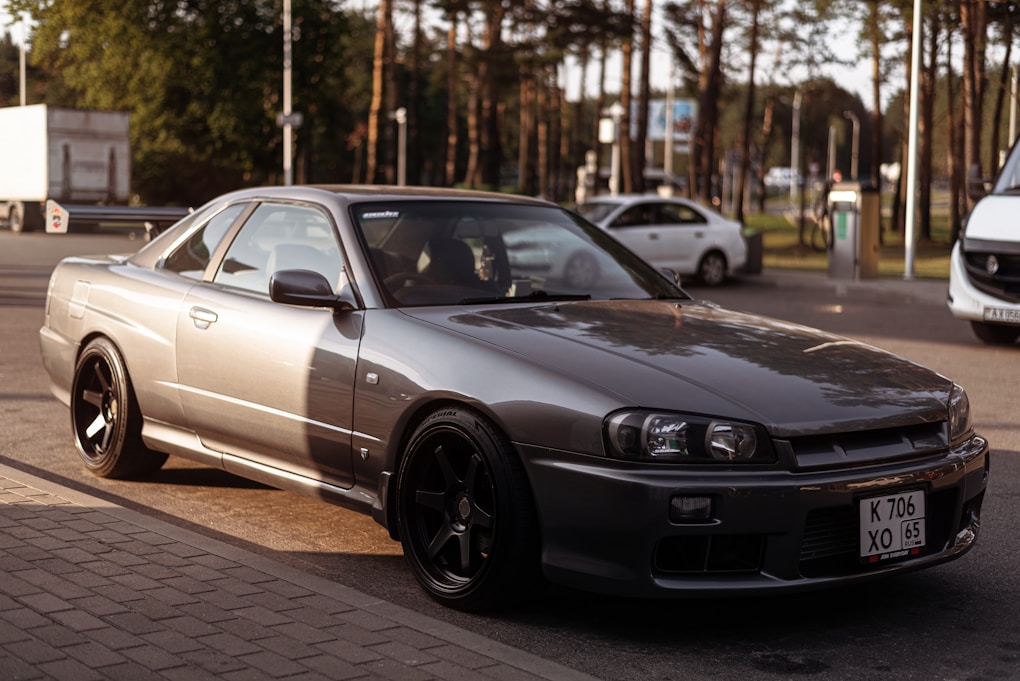
Japanese car culture is the ultimate playground for motorheads, bursting at the seams with distinct styles. Let me take you on a joyride through three vibrant scenes: Touge Racing, VIP Car Builds, and Kanjozoku Racing.
Touge Racing
Picture this: adrenaline-fueled races on Japan’s snaky, mountain roads. That’s Touge racing for you. Born from the drivers’ craving to push their limits, it pits two cars against each other on these winding tracks (Fast Car).
The races often spark up after dark to dodge traffic and nosy lawmen. One slip-up on these hairpin bends could send you flying—but that’s half the thrill! Only the most skilled daredevils can dance through these curves without a scratch.
| Aspect | Details |
|---|---|
| Location | Mountain roads |
| Race Format | Heats |
| Popularity | Massive among thrill-seekers |
| Vehicles | Nimble sports cars |
Fancy more daredevil antics? Buckle up for a peek into Kanjozoku Racing.
VIP Car Builds
Think luxury sedans and Yakuza bigshots; now add a sprinkle of extravagance. That’s VIP car culture. With roots stretching back to the flashy rides of gang leaders, these custom cars are about imposing looks and plush interiors.
Picture lowered suspensions coasting on fat tires. Step inside, and you’re greeted with soft leather and killer sound systems. It’s not just a car, it’s a statement piece.
| Aspect | Details |
|---|---|
| Origin | Yakuza’s luxury rides |
| Key Features | Plush insides, showy exteriors |
| Popular Models | Lexus LS, Toyota Crown |
| Modifications | Low riders, body kits, custom cabins |
Got the taste for the luxe life? Dive into our detailed VIP Car Culture breakdown.
Kanjozoku Racing
For those living on the edge, Kanjozoku Racing is a must-see. These rebels tear through Osaka’s elevated highways at night, strapped into souped-up Civics, keeping their identities hidden with masks.
High speed and law-skirting make this a white-knuckle showdown. Stripped-down Civics, boosted with turbos and better suspension, make these night chases electrifying.
| Aspect | Details |
|---|---|
| Location | Osaka’s aerial highway loops |
| Race Format | Secretive, night-time sprints |
| Popularity | Big in the underground scene |
| Vehicles | Ripped-up Honda Civics |
Craving more about rebels on wheels? Find out what is a takeover in car culture.
Japan’s car sub-cultures are a rollercoaster of style and drama that gearheads all over the globe go wild for. Whether you’re into the wild curves of Touge, the glam of VIPs, or the outlaw vibe of Kanjo, Japan’s car scene has got your fix. For more on car craziness, check out our features on japanese chicano car culture and american car culture.
Time Attack in Japan
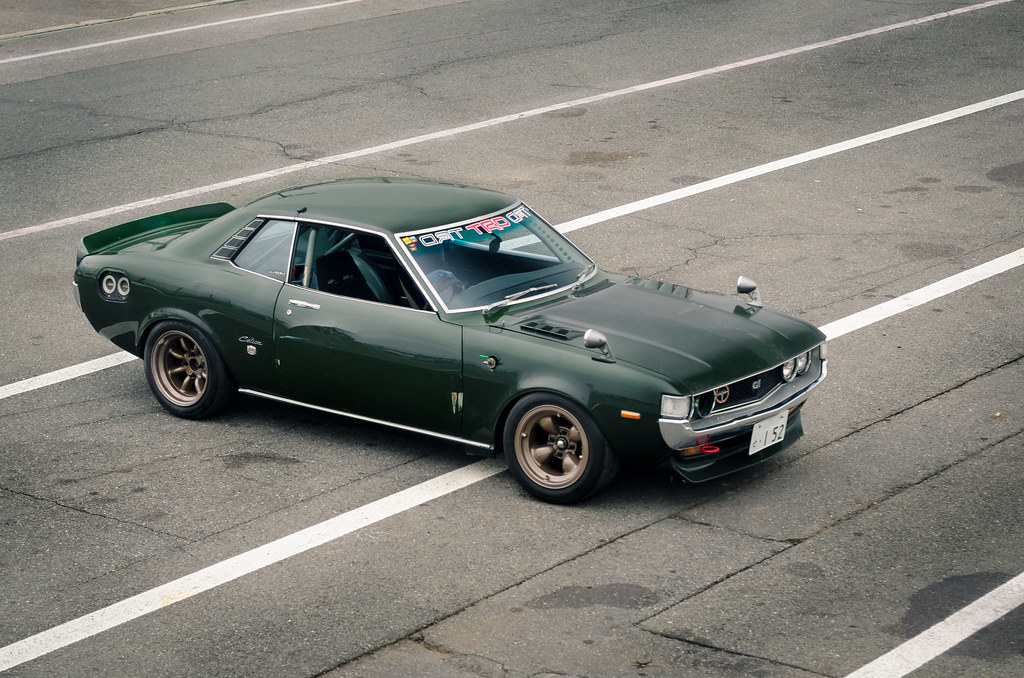
Tsukuba Circuit
You ever hear of that adrenaline-pumping hub for car addicts in Japan? Yep, the Tsukuba Circuit. Nestled in Shimotsuma, Ibaraki Prefecture, this place is a cherished track for those knee-deep in Japanese car culture. We’ve got Time Attack events here where folks zip around to break those lap records with cars that could very well be rocket ships, thanks to their souped-up engines and crazy aerodynamic tweaks (Fast Car). I can totally relate to the obsession with speed and the sheer joy of precision driving.
Here’s a peek at what Tsukuba Circuit’s all about:
| Aspect | Details |
|---|---|
| Location | Shimotsuma, Ibaraki, Japan |
| Length | 2.045 km (1.27 miles) |
| Established | 1969 |
| Famous Events | Time Attack, Super Lap Battle |
This track is legendary in the time attack scene. The twists and turns here are no joke, demanding drivers who are sharp as a tack and cars ready to dance on the edge. It’s like a playground for speed demons aiming to shave seconds off their lap times.
Racing Subculture
The Japanese racing scene? It’s as lively and cutthroat as they come, with a splash of camaraderie and shared passion that you might not find in places like the US or Europe. Time attack is the star player in this niche. People pack these events, not only to race but also to flaunt their creative rides, chat about performance hacks, and bond over a love for the rush of speed.
Something wild about this scene is the variety of cars. Whether it’s a souped-up family sedan or a tricked-out sports car, everyone’s in on the action, each gunning for faster laps. And if you’re planning a trip to Japan, maybe get your itinerary revolving around a car event like the Tokyo Special Import Car Show (Speedhunters). These gatherings showcase some jaw-dropping custom vehicles and give you a peek into the creative minds powering the Japanese car scene.
The inventive streak runs strong among these enthusiasts, who somehow blend flair with functionality. They’re trendsetters, to say the least, often influencing global car styling with their one-of-a-kind mods (Speedhunters). And don’t even get me started on the after-dark car meet-ups at Daikoku-futo PA in Yokohama, where nocturnal revellers share and celebrate their creative masterpieces.
Time attack racing out there at Tsukuba is more than just a competition; it’s a gathering space for car buffs who dig speed, finesse, and innovation. From seasoned racers to part-time enthusiasts, everyone’s got that spark for fine-tuning their skills and their wheels.
Getting into this scene means diving into a world that’s just as thrilling as the main event. It’s also an intimate peek into a packed culture brimming with performance prowess, inventive flair, and communal spirit. If you’re anything like me, and this tickles your fancy, indulging in Japanese car culture through these events is not only a heart-pounding experience but an one that’s hard to forget.
Challenges in Japanese Car Culture
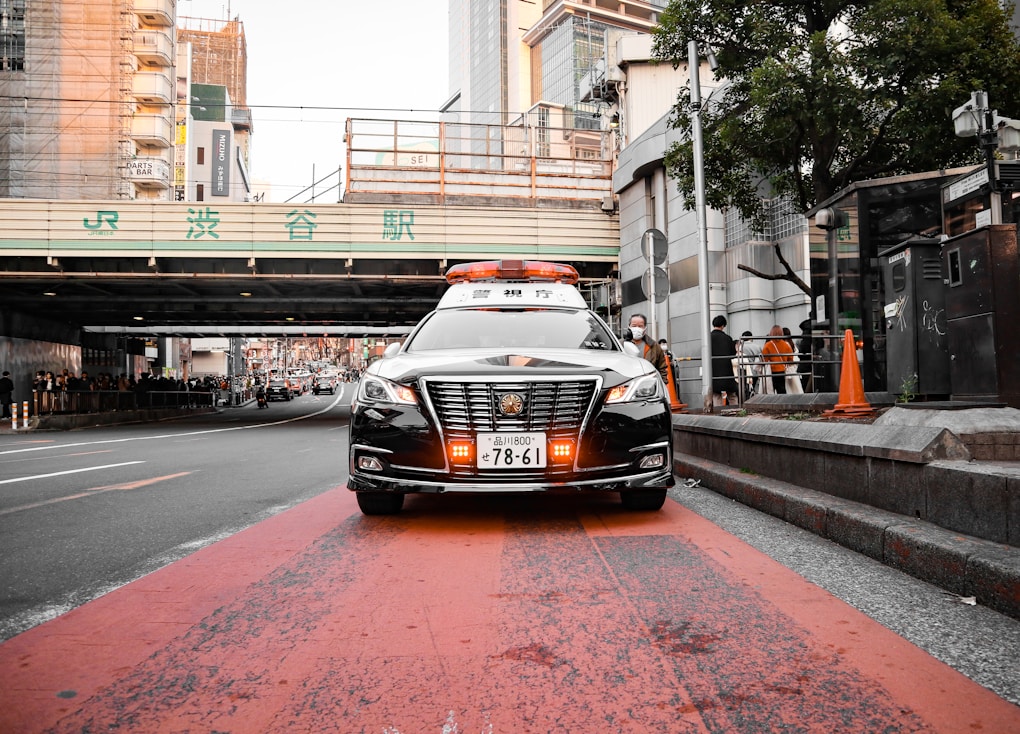
Japanese car culture is buzzing with energy and flair, but it’s not exactly a walk in the park. Let me tell ya, dealing with strict rules and police checks makes things a tad tricky for those gearheads in Japan.
Crackdowns on Modifications
Car lovers in Japan kinda have their hands full with all the rules about tricking out their rides. It’s like they’ve put regulations on steroids, especially after big deal events like Hardcore Tokyo x Super Street meet at Odaiba Decks. The folks in charge are keeping a close eye on stuff like:
- Those sneaky de-cat pipes
- Noisy custom exhausts without the magic JASMA stamp
- Adjustable suspensions
- Big ol’ aero parts
If they catch you messing around with these, they slap an “Illegal Modified Car” sticker on your ride. You can’t just peel that off either—you gotta dial your mods back to what’s legal! For those in the game, knowing what’s up with the law keeps ’em out of trouble.
Police Actions in Tokyo
Down in Tokyo, the car scene’s getting eyeballed, especially after the media jump on things. Cops are out there with mobile checks to bust up any rule-breakers. They’ve got their own parade going on with trucks packed with lights and ready-to-go officers.
Then there’s the deal with the temporary red-slash plates, those kari-namba things. They’re supposed to just get your car to the inspection center. But some fans been using ’em to roll to shows with all sorts of crazy mods. Cops aren’t turning a blind eye to that anymore.
With all this crackin’ down, showing off your sweet mods without bending the law is almost like threading a needle. If this piques your interest, check out more on what is car culture? and VIP car culture. Those sections splash more on how these rules shake things up in Japan.
Understanding these roadblocks gives car buffs a better grip on the scene’s rhythm over there. It’s a lotta hoops to jump through, but that’s where the thrill lies in the dance of Japanese car culture.
JDM Cars from Back in the Day
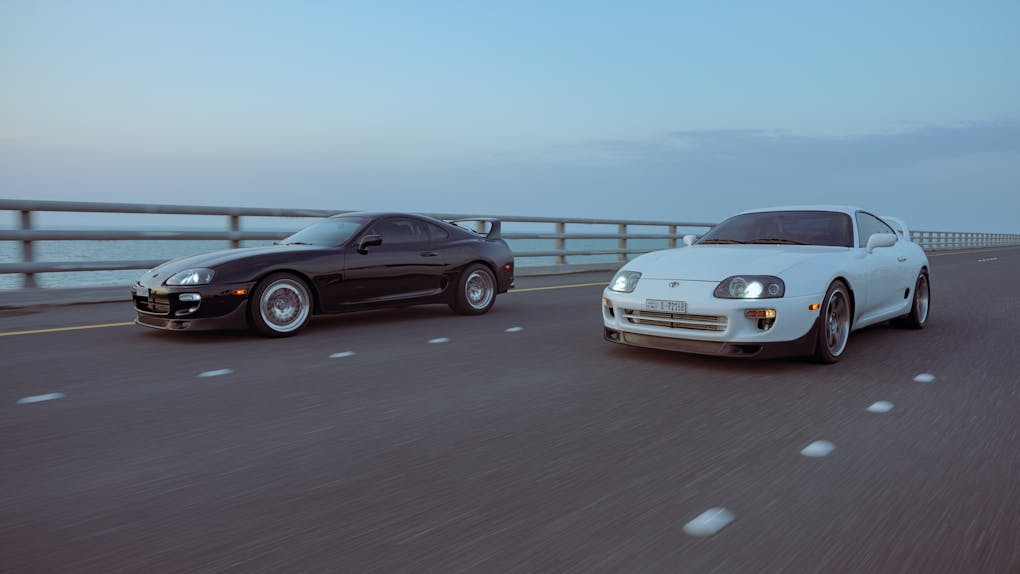
Late 80s to early 2000s, what a time to be alive! Japan was churning out sports cars that weren’t just fast but living, breathing icons of the car scene. These babies are fondly called JDM (Japanese Domestic Market) cars, and they’ve carved a niche for themselves in car culture everywhere. I’m gonna dive right into what made these rides tick—how they roll.
Gadgets Under the Hood
Back in those days, Japanese car companies were having a good old-fashioned horsepower arms race, crafting powerful rides meant to leave competitors eating dust. The tech they crammed into these speed demons is what made them not just fast but wickedly tweakable:
| Car Model | Engine | Stock HP | Standout Feature |
|---|---|---|---|
| Toyota Supra MK4 | 2JZ-GTE | 276 hp | Engineered tough, can handle up to 800 ponies with a few tweaks |
| Mazda RX-7 FD3S | 13B-REW | 276 hp | Features a zippy twin-turbo rotary engine, famous for being light yet fierce |
| Nissan Skyline GT-R R34 | RB26DETT | 276 hp | All-wheel-drive magic for killer track agility |
These cars were the darlings of the “tuner” crowd—a true blank canvas for those wanting to up the ante with performance mods. You had shops like HKS, Greddy, Tomei, and Bride peddling all sorts of aftermarket goodies to feed this modding frenzy.
The Look That Launched a Thousand Gawkers
When it came to looks, JDM cars from this golden age said goodbye to the brick-like designs of yonder years. Sleek, attention-grabbing designs were the name of the game:
| Car Model | Killer Styling Features |
|---|---|
| Toyota Supra MK4 | Flowy curves, plus that unforgettable spoiler |
| Mazda RX-7 FD3S | Pop-up headlights creating an elegant silhouette |
| Nissan Skyline GT-R R34 | A chunky yet slippery shape and those quad taillights everyone loves |
Aftermarket companies jumped into the mix with parts that let owners trick out these rides even more. Brands like Rays and Work cranked out top-notch wheels, while others made body kits and spoilers to help drivers stamp their unique identity on their cars. This fusion of stock beauty and bolt-on bling made these cars climb the charts of eye-turning rides.
If you’re curious about how Japanese rides have shaped car style far and wide, why not dig into our reads on VIP car culture or the quirkiest rides of the early 2000s car scene?
JDM cars from back in the day are only getting more valuable and beloved as time goes on. Whether you’re into drifting like a boss, zooming through racing events, or just admiring stellar car artistry, these rides hold an undying allure that’s crossed time and trends.
Japanese Car Brands Reputation

Toyota’s Dominance
Toyota’s influence in Japanese car culture is like that popular kid at school—everyone knows them, and lots of folks wish they were in the same league. Toyota’s sitting pretty at the top of the car world, with bragging rights as the leading car company globally. Yeah, it’s earned first place in manufacturing cars with a killer score of 89.6% if you’re checking notes from Consumer Reports (Next Drive).
Lexus, oh that’s Toyota’s snazzy cousin, keeps the family reputation shining. Got word from consumer reports that Lexus has three models, the GX, NX, and GS, cruising in the top 10 for reliability. So, if you’re considering wheels that won’t conk out on you, their track record sings reliability, quality, and all that good stuff, not just in Japan but around the world.
| Brand | Overall Rating (%) |
|---|---|
| Toyota | 89.6 |
| Lexus (GX, NX, GS) | Top 10 Reliable |
Mazda’s Reliability
Mazda’s role in Japanese car culture kind of sneaks up on you like a pleasant surprise. Known for its rock-solid reliability and a knack for innovation, Mazda’s got an overall score of 83, edging out big names like Toyota and Lexus according to Consumer Reports (Next Drive). Back in 2019, it was chilling at 19th place in dependability, just ask MotorEasy (Next Drive).
What keeps Mazda in the conversation isn’t just its dependability. Nah, it’s the killer design and sweet driving experience too. This blend of looks and performance keeps folks singing Mazda’s praises from Japan to any corner of the planet.
| Brand | Overall Rating |
|---|---|
| Mazda | 83 |
Wrapping up…
Phew, that was a long one wasn’t it? But hey, the car culture of Japan is something extraordinary and so I had to go a bit deep into some of the subculture and overall vibes of car enthusiasts in Japan.
Whether you’re new to the car scene or have been around long enough to remember when the RX-7 first hit the streets, one thing’s for sure, there’s always something new (or old) to fall in love with regarding JDM car culture.


